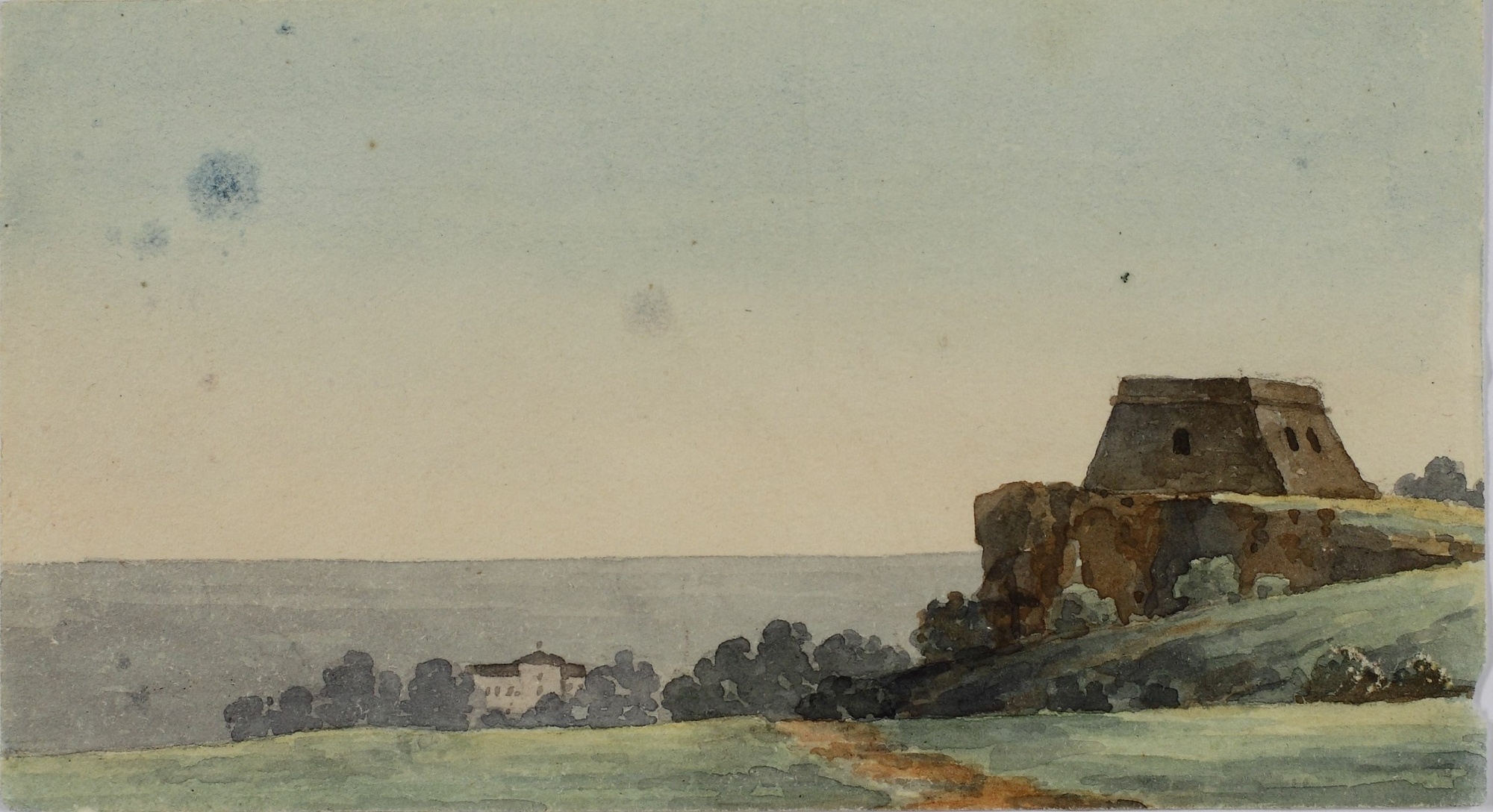
- Home
- Archaeology on Reunion Island
- Sites
- Saint-Denis
- The "Redoute Bourbon"
- Cilaos
- La Possession
- Saint-André
- Saint-Benoît
-
Saint-Denis
- 119 rue Jean Chatel
- Cells in the Saint-Bernard leprosaria
- Caserne Lambert
- Railway station
- La Grande Chaloupe station
- Îlet à Guillaume
- Lazarets de la Grande Chaloupe
- Schneider et Cie steam locomotive
- Marine du Butor
- New Western Entrance
- La Providence
- Place du Général de Gaulle
- Port du Barachois
- Juliette Dodu Prison
- Quadrilatère océan
- The "Redoute Bourbon"
- Rue de la Batterie
- Saint-Joseph
- Saint-Leu
- Saint-Louis
- Saint-Paul
- Saint-Pierre
- Saint-Philippe
- Sainte-Rose
- Sainte-Suzanne
- Salazie
Once Saint-Denis had become the administrative centre of the island of Bourbon in 1738 and its coffee plantations had begun to prosper, there were growing calls to strengthen its defences. This led to the construction of the "Redoute Bourdon" on the eve of the Seven Years War in 1756.
Military function
From its strategic position overlooking the natural harbour of Saint-Denis and supported by the Cap and Cimetière coastal batteries, the redoubt built on the orders of the Compagnie des Indes defended the western approaches to the town. The solid building with a square plan, which measured 15.42 metres along its sides and 6.2 metres high to the top of the belt-course or cordon, was surrounded by an enclosure wall with 38-metre-long sides. A powder magazine and guardhouse were built close to the building.
Changing function
Despite its clearly military architecture, the redoubt appears to have mainly been used as a prison from 1768. It was then converted into a powder magazine in 1869. This required alterations to the building, including the roof, with the addition of "bomb proof" double-barrel vaulting. Inrap surveyed the building in 2020 to analyse the elevations and identify the successive occupations of the site and changes to its function.
Listing as a historical monument and conservation programme under a Culture-Defence protocol
The building was listed as a historical monument in 2018. A comprehensive conservation programme is underway to consolidate the building and secure its long-term protection.




